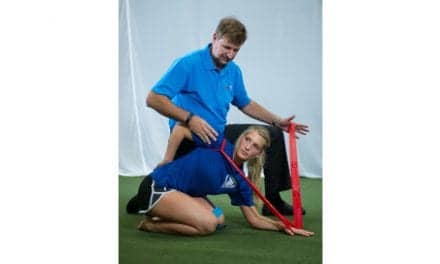The Rehabilitation Engineering and Assistive Technology Society of America (RESNA) is slated to host an advanced seating workshop April 7 to 8. The “Advanced Seating and Mobility” course is designed to address the common positioning challenges of the pelvis, trunk, lower extremities, upper extremities, and head.
A flyer for the course on the RESNA website notes that the course will also discuss positioning strategies, including primary seating surfaces and secondary supports, as well as power wheelchair access methods, common driving parameters, and alternative access to driving. The course will also discuss interfacing, infrared transmission and mouse emulation, and feature case studies.
According to RESNA, the first day of the course will center on Advanced Seating and the second on Power Mobility. Learning objectives include the ability to describe the principles of anatomy and seating biomechanics relative to provide control and stabilization to the pelvis, list three trunk asymmetries and seating strategies to address each, and identify three common destructive lower-extremity postures and seating strategies to address each.
Additionally, attendees will gain the ability list three common causes for poor head posture and strategies to support the head in each scenario, five alternative access methods with clinical indicators for each, and three items in the environment that can be controlled by IR transmission from a power wheelchair.
RESNA states that Michelle L. Lange, OTR, ABDA, ATP/SMS, an occupational therapist in private practice at Access to Independence, will serve as the course’s instructor. Lange formerly served as the clinical director at The Assistive Technology Clinics of The Children’s Hospital of Denver. Lange works with multidisciplinary teams to evaluate all ages in seating, mobility, computer access, augmentative communication, electronic aids to daily living, and interfacing.
To view the full course flyer and objectives, click here
[Source: RESNA]





